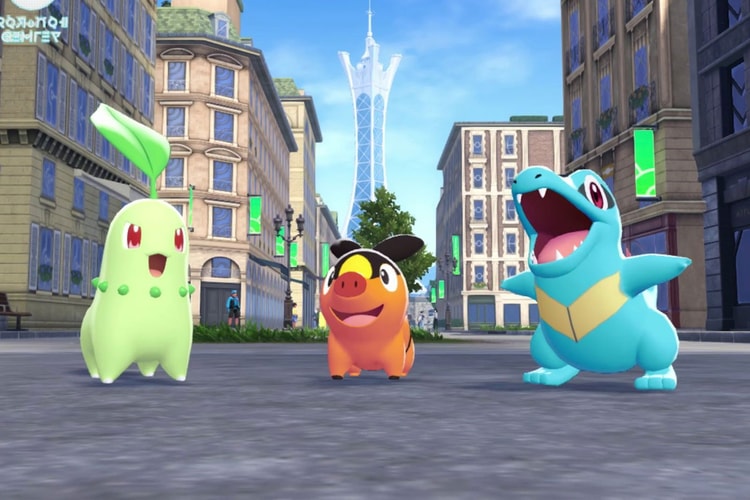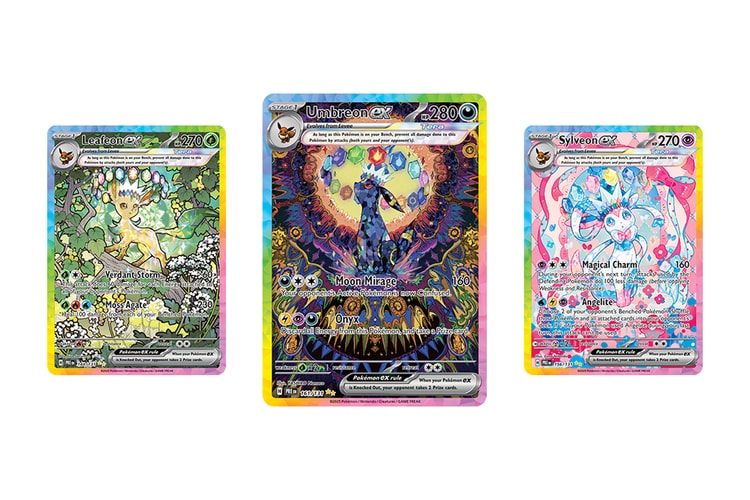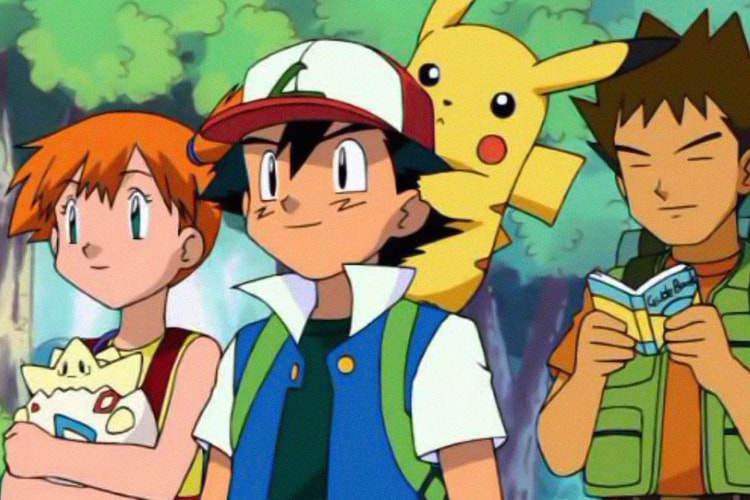Stanford Researchers Discover "Pokémon Region" in the Human Brain
Found only in those who grew up playing the video game.
Researchers at Stanford have just discovered an area in the human brain that is stimulated by images of early Gameboy Pokémon characters like Pikachu, Bulbasaur, and Charmander. The area which is apparent in those who played the Nintendo game from 1995 – 1998 all have a consistent development in the rights side of the brain.
Stanford graduate student Jesse Gomez explains that this phenomenon is largely due to how close the game was played on the gameboy, putting the image of the character at the center of the retina, rather than the peripheral. This exposure of Pokémon to the central vision at a young age, a time when the brain is highly-sensitive to visual experiences, not to mention malleable, is how kids are able to remember hundreds of different characters and their attributes at such a young age. Those not familiar with the characters show very little activation in the “Pokémon Region” of the brain when shown images of the characters.
Gomez went on to say, “What was unique about Pokémon is that there are hundreds of characters, and you have to know everything about them in order to play the game successfully. The game rewards you for individuating hundreds of these little, similar‑looking characters,” Gomez said. “I figured, ‘If you don’t get a region for that, then it’s never going to happen.’’
Head over to Stanford’s news page for a more in-depth explanation on the study.
For more Pokémon news, here’s the first on-foot look at the adidas x Pokémon collaboration.


















